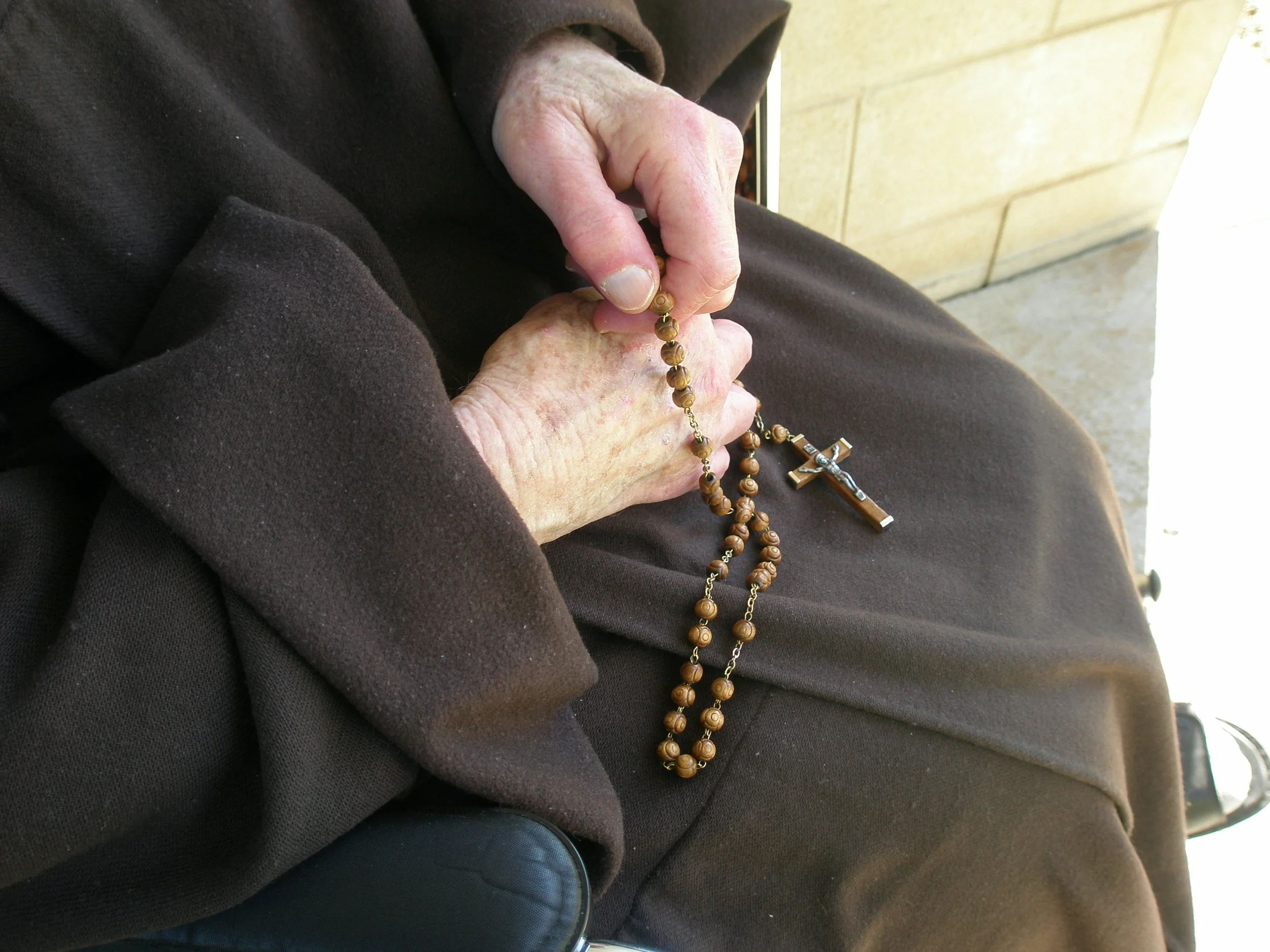Teresian Enclosure
“Your life is hidden with Christ in God...”
— Colossians 3:4
St Teresa had learned from her own experience how easily friendships and pastimes can be a real obstacle to entering into and maintaining a deeper relationship with Christ. She thought of the original hermits on Mount Carmel and looked for a way of living the desert ideal in the midst of a city. Her genius was to make possible for her nuns a more contemplative lifestyle by founding small monasteries (no more than 21 nuns) secluded by a strict enclosure, where solitude and silence could be maintained and a life of deep prayer and friendship with Christ flourish for the sake of the Church.
The roots of Teresian enclosure go back to the early Church and the desire of many to live a hermit life in the desert, inspired by the biblical concept of the desert as the place of encounter with God, as well as of testing and doing battle with the Evil One, in imitation of Our Lord Himself. One called to Carmel knows this desire to live a life of greater solitude for the sake of intimacy with God in prayer, in service of the Church. For St Teresa, strict enclosure was to be the chief means by which she would recreate this desert environment so that the contemplative ideal of Carmel could flourish once more; strict enclosure is thus one of the essential and foundational elements of the Teresian charism for her nuns.
“No one but those who experience it will believe the joy is felt in these foundations once we are enclosed where no secular person can enter, for however much we love them, it is not enough to take away this great consolation in finding ourselves alone.”
—St Teresa of Jesus
“Withdrawal from the world in order to dedicate oneself in solitude to a more intense life of prayer is nothing other than a special way of living and expressing the Paschal Mystery of Christ.”
—Venite Seorsum, I
St Teresa chose this form of life for her nuns as a way of following Christ more closely. It is a more profound sharing in His Paschal Mystery, with the nun hidden in her enclosure expressing this in a very particular way, the material barriers of the enclosure an effective sign and symbol of a freely chosen “entombment” with Christ in order to live His Risen life.
This hidden enclosed life also serves to protect and foster the intimate nature of a relationship of love with God in Christ. The Carmelite in her enclosure, precisely as an enclosed woman, portrays more intimately the spousal relationship between the Church as Bride with her Lord. The Carmelite reserves the mystery of her own person for Christ alone, receiving and pondering His Word in her heart, like Mary our Mother, and bringing forth its fruits in continual prayer and contemplation.
Freely chosen, the enclosed life of Carmel brings about a radical freedom of heart which enables each nun to give herself totally to God.
“The solitary cell, the closed cloister, are the place where the nun, bride of the Incarnate Word, lives wholly concentrated with Christ in God.”
—Verbi Sponsa, n. 3
People sometimes wonder why the physical structures such as high walls and grilles are necessary for the contemplative life. In her wisdom, the Church protects this special form of consecrated life with these structures which enable a life of intense prayer to flourish. The Church requires a separation from the world for purely contemplative nuns that is material and effective, rather than merely spiritual and symbolic (Cor orans #166), so that nothing can interfere with the special life of prayer and intimacy with God in silence and solitude.
“You Discalced Carmelite Nuns possess this charism of St Teresa, this charism of the hidden life. It is a wonderful thing to be hidden with Jesus for one’s whole life, keeping Him in your hearts and seeking in this Heart all riches for yourself and others. It is a special blessing for the Church.”
—St John Paul II
“So it is also our holy duty to be as conscientious as possible in observing the precept of enclosure, to lead without hindrance a life hidden with Christ in God.”






Our cloistered vocation as St Teresa understood it.